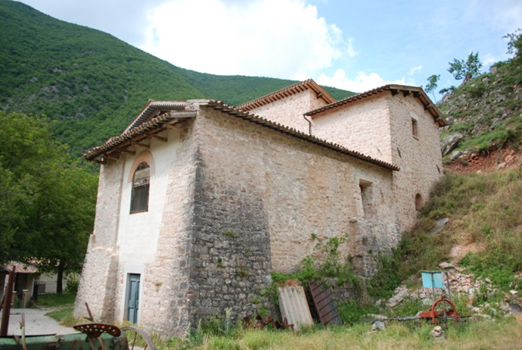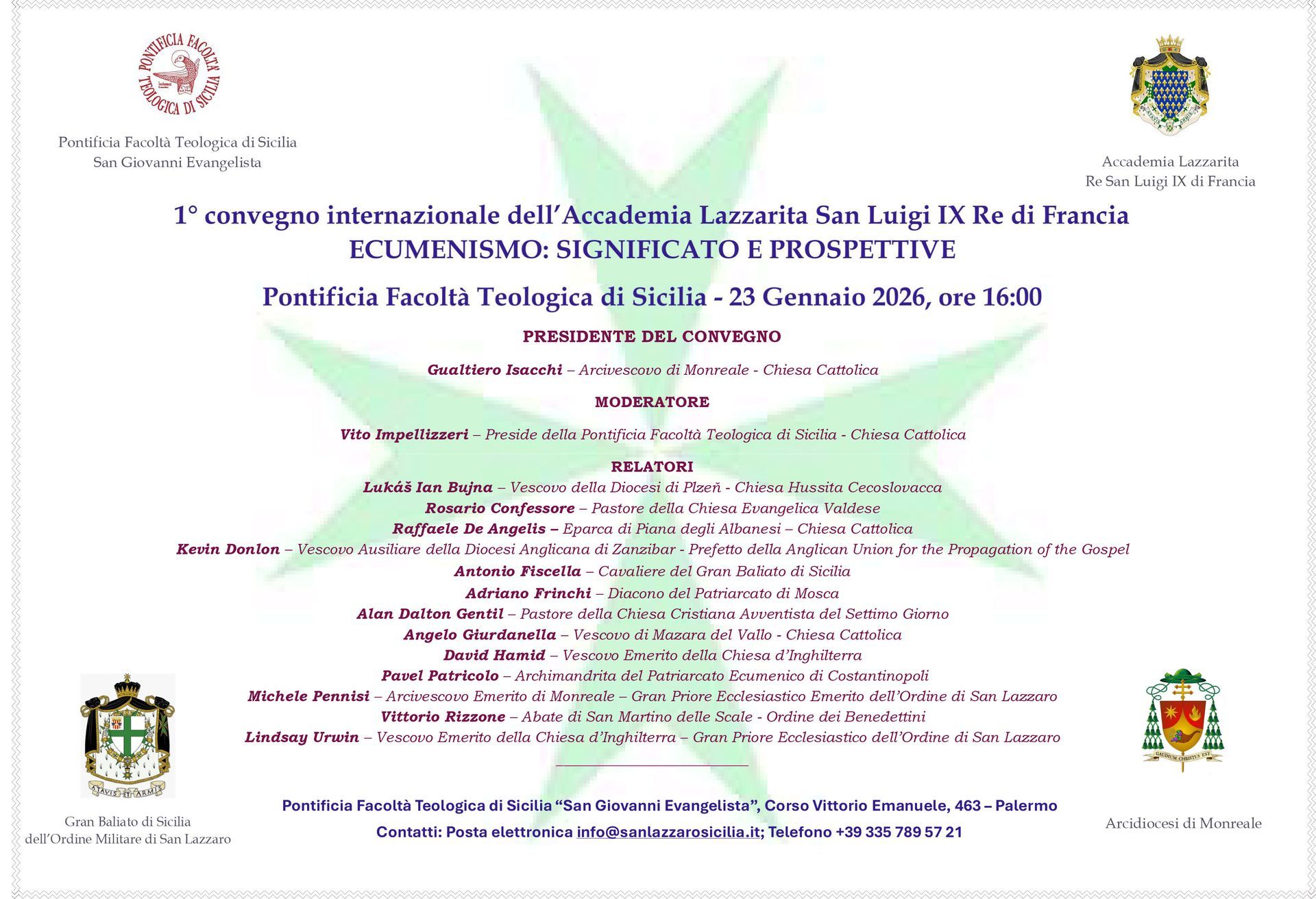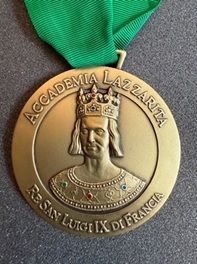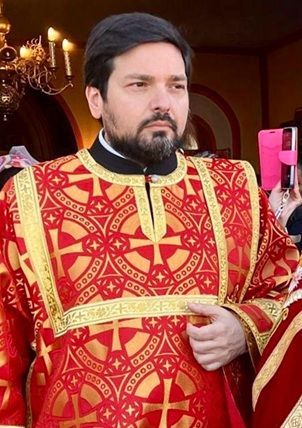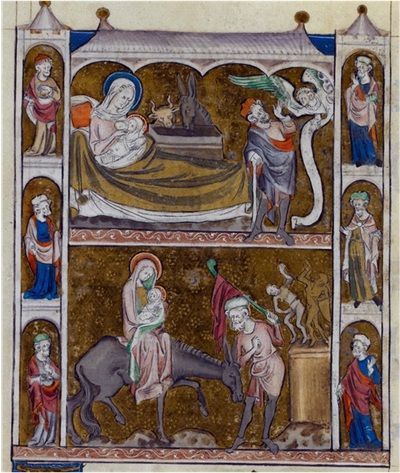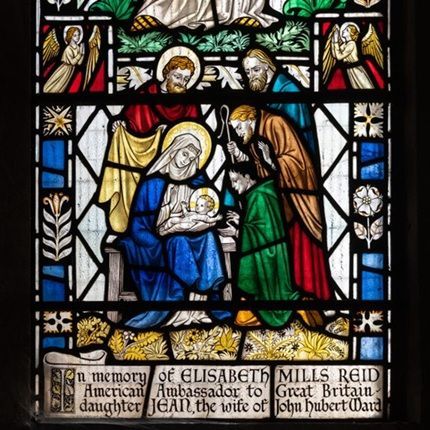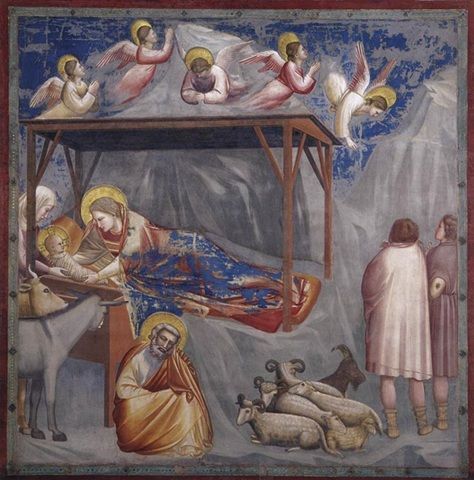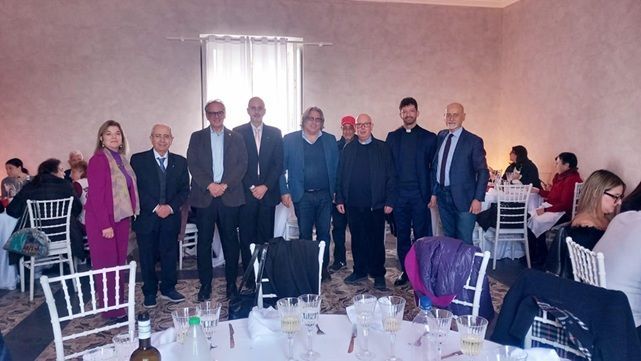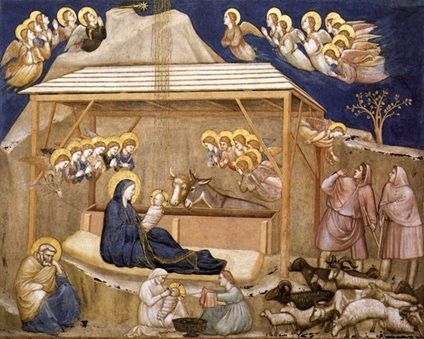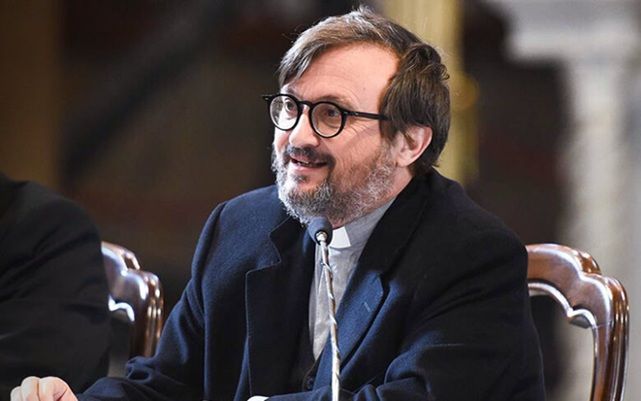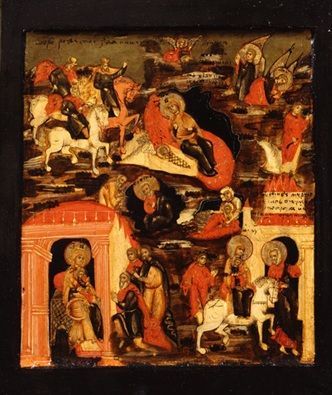LA CHIESA DI SAN LAZZARO AL VALLONCELLO IN UMBRIA
LA CHIESA DI SAN LAZZARO AL VALLONCELLO IN UMBRIA
(La Chiesa di San Lazzaro al Valloncello)
Di fronte il Castello di Belforte, deserto ed in rovina, sulla destra si apre una stretta valle che ebbe il nome il “Valloncello. Dove il Valloncello si allarga alla Valle del Nera la tradizione locale vuole che San Francesco abbia eretto “una casa” ove trovassero accoglienza quanti erano stati colpiti dalla lebbra, lasciando così all’umanità un messaggio di speranza e di vita, diretto a quelle persone che rimaste infette, erano costrette ad allontanarsi dalla società.
Il lebbrosario di San Lazzaro del Valloncello sarebbe stato fondato da San Francesco – o per San Francesco – il 24 settembre 1218 dal monaco Bono, con la concessione di una vasta area, da parte del signore Razzardo, feudatario di Roccapazza, al sacerdote Bono, rettore della limitrofa chiesa di San Cataldo, per edificarvi una chiesa ed un ospedale ad uso dei lebbrosi, di altri infermi ed anche di persone sane. In loco, è ancora visibile, al di sopra di una porta, la pietra che, in caratteri gotici, documenta tale erezione proprio nel 1218.
L’ospedale visse vita autonoma, forse sotto la protezione dei monaci eutiziani, i quali, in quel periodo, vantavano una larga giurisdizione feudale e disponevano di ottimi medici. Non aveva l’ampiezza e la grandiosità di altri simili ospedali sorti in varie parti d’Italia, ma offriva molti conforti atti a lenire, oltre ai dolori del corpo, quelli dello spirito.
I lebbrosi di San Lazzaro venivano amorevolmente accolti e curati, godevano di una libertà considerevole e le amarezze del loro isolamento venivano in gran parte mitigate. L’ospedale, quindi, rispondeva a perfezione alle necessità di riposo e di svago dei lebbrosi ed offriva ad essi medicine e cibi, compresa la carne di vipera di montagna (alla quale si attribuivano virtù prodigiose). Il complesso, considerato da molti “unico” lebbrosario francescano è un luogo reso irriconoscibile dai continui terremoti che si sono abbattuti su questa terra. Sono ancora riconoscibili le due navate originali coperte da volte ogivali a crociera con costoloni confluenti su un pilastro cilindrico centrale. Un piccolo ambiente adibito ad oratorio vede sul proprio altare una tela del sec. XVII raffigurante la “Madonna con Bambino e Santi”.
San Lazzaro del Valloncello fu diretto a varie riprese dai frati Minori e dai monaci di S. Eutizio e accolse lebbrosi provenienti da una vasta area circostante. Per quanto appartato, si trovava pur sempre lungo un canale viario importante come la valle del Nera.
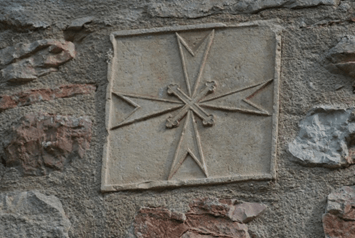
(Stemma dell’Ordine dei Santi Maurizio e Lazzaro risalente al periodo in cui Chiesa e lazzaretto furono affidati ai due Ordini riuniti)
Nel 1450 l’ospedale fu affidato al comune di Norcia senza che venisse menò la presenza dei monaci eutiziani. Uno di questi, fr. Barnaba Fusconi, fu insignito del titolo di cavaliere e maestro generale (Gran Maestro) di tutto l’Ordine Gerosolimitano di S. Lazzaro “di qua e di là dal mare” (1492) e la Chiesa e l’ospedale furono gestiti dall’Ordine di San Lazzaro (ramo italiano) fino al 1572 quando, dopo la rinuncia del penultimo Gran Maestro Giannotto Castiglioni, il 13 gennaio 1571, in favore del duca Emanuele Filiberto di Savoia, il Papa Gregorio XIII, il 13 novembre 1572 ne decretò la riunione con l’Ordine di San Maurizio (del quale Emanuele Filiberto era già Gran Maestro), furono affidati al neonato “Ordine dei Santi Maurizio e Lazzaro”, il quale ne assegnò le rendite ai vari commendatari, fra cui alcuni cavalieri di casate nursine. Uno stemma di questa fase è visibile ancora sul fabbricato più grande.
Dopo un lungo periodo di decadenza l’istituzione fu soppressa e i beni immobili passarono in mano di privati. Della chiesa francescana trecentesca, divisa e rimaneggiata alla meglio dopo i terremoti del Settecento, sopravvivono alcune strutture architettoniche nella parte interna riconvertita ad uso rurale. Sono due nude volte a crociera innervate da costoloni, una monofora richiusa e un pilastro cilindrico centrale di modello assisiate, uniche testimonianze di un mondo scomparso.
CHURCH OF ST. LAZARUS AL VALLONCELLO IN UMBRIA
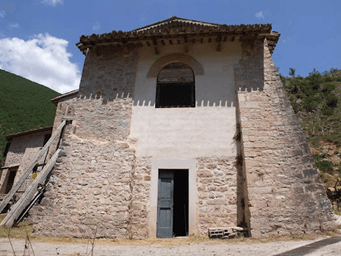
(The church of St Lazarus al Valloncello)
Opposite the castle of Belforte, deserted and in ruins, a narrow valley opens up on the right, which was given the name "Valloncello. Where the Valloncello widens into the Valle del Nera, local tradition has it that St Francis built "a house" where all those infected with leprosy could find shelter, thus leaving humanity a message of hope and life, directed at those people who had become infected and were forced to withdraw from society.
The leprosarium of San Lazzaro del Valloncello is said to have been founded by St Francis - or for St Francis - on 24 September 1218 by the monk Bono, with the concession of a large area by Lord Razzardo, feudal lord of Roccapazza, to the priest Bono, rector of the neighbouring church of San Cataldo, to build a church and a hospital for the use of lepers, other sick people and healthy people. On the site, a stone in Gothic lettering above a door can still be seen, documenting its construction in 1218.
The hospital lived an independent life, perhaps under the protection of the Eutizian monks, who at that time had a large feudal jurisdiction and excellent doctors. It did not have the size and grandeur of other similar hospitals that had sprung up in various parts of Italy, but it offered many comforts to alleviate not only the pains of the body but also those of the spirit.
The lepers of St Lazarus were lovingly received and cared for, they enjoyed considerable freedom and the bitterness of their isolation was largely mitigated. The hospital therefore responded perfectly to the lepers' needs for rest and recreation and offered them medicines and food, including the meat of the mountain viper (which was said to have prodigious virtues). The complex, considered by many to be the "only" Franciscan leper colony, has been rendered unrecognisable by the continuous earthquakes that have struck the area. We can still recognise the two original naves covered by ogival cross vaults with ribs converging on a central cylindrical pillar. A small room used as an oratory has a 17th-century painting of the 'Madonna with Child and Saints' on its altar.
San Lazzaro al Valloncello was run at various times by the Friars Minor and the monks of St Eutizio and took in lepers from a large surrounding area. Although secluded, it was still located along an important road channel such as the Nera valley.
In 1450 the hospital was entrusted to the municipality of Norcia without the presence of the Eutizian monks being mentioned. One of these, Brother Barnaba Fusconi, was awarded the title of Knight and Master General (Grand Master) of the entire Hierosolimitan Order of St. Lazarus "on this side and on the other side of the sea" (1492), and the Church and hospital were run by the Order of St. Lazarus (Italian branch) until 1572 when, after the penultimate Grand Master Giannotto Castiglioni resigned on 13 January 1571 in favour of Duke Emanuele Filiberto of Savoy, Pope Gregory XIII, on 13 November 1572, decreed its reunion with the Order of St Maurice (of which Emanuele Filiberto was already Grand Master), and entrusted it to the newly founded "Order of Saints Maurice and Lazarus", which assigned its revenues to the various commendators, including some knights from the House of Nursia. A coat of arms from this phase can still be seen on the largest building.
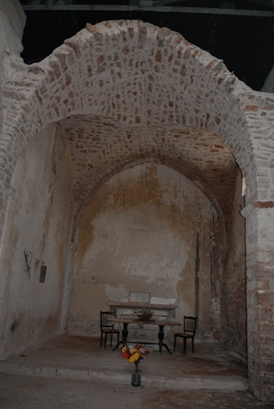
(The interior of the Church of San Lazzaro al Valloncello)
After a long period of decline, the institution was suppressed and the property passed into private hands. Of the 14th-century Franciscan church, divided and remodelled as best it could after the 18th-century earthquakes, some architectural structures survive in the internal part converted for rural use. There are two bare cross vaults innervated by ribs, a closed single lancet window and a central cylindrical pillar of the Assisian model, the only evidence of a vanished world.

